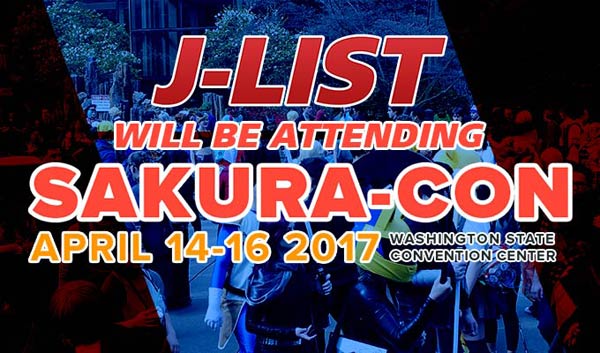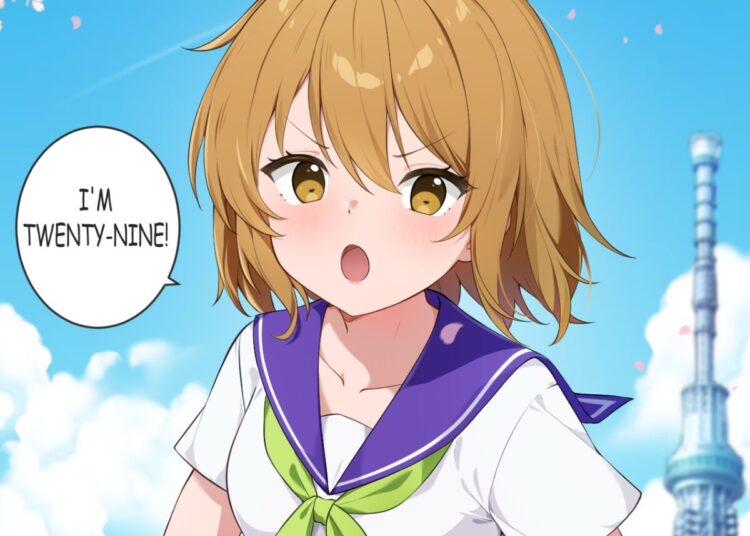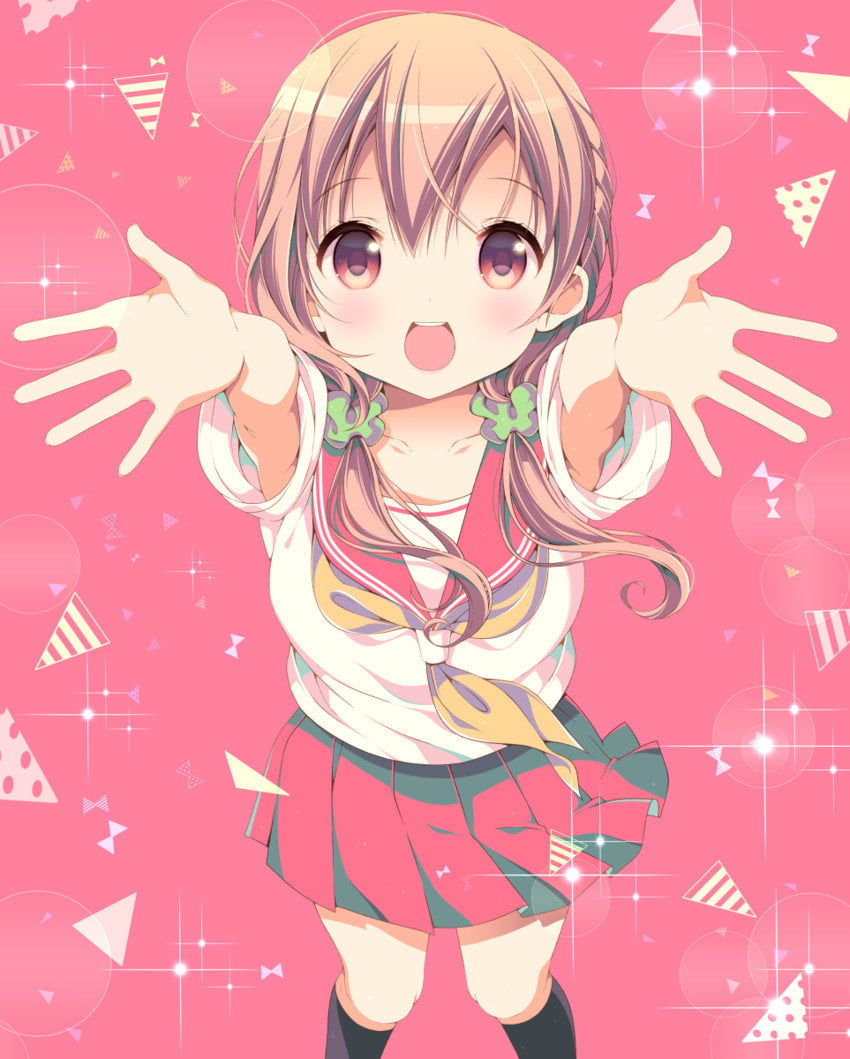I posted a graphic to J-List’s Facebook page that made fun of the frustration students studying Japanese experienced with katakana characters — シ shi, ツ tsu, ソ so and ン n — that look similar to each other. There immediately followerd an interesting discussion of what parts of Japanese students find challenging. I decided to sample the various areas people had problems with and post about them here, with my any tips I can offer. Here’s a fun bird’s eye overview of Japanese!
- Grammar and sentence structure. The good news is that Japanese is so unlike any Western language, that year of French you took in high school won’t trip you up. I found that memorizing sentences like mathematical equations until I was comfortable with them was a good approach. Reading manga is also helpful since every line is something you might use in speech yourself, though this does not generally apply to hentai manga.
- Reading is difficult. Unlike French or Spanish, you have to roll up your sleeves and learn hiragana and katanaka from the start. It seems hard, though you can get them down surprisingly fast. The Moekana or White Rabbit training cards can help. You should avoid studying Japanese with a textbook that uses Romaji (Romanized Japanese) as it will give you a bad speaking accent. Trust me on this.
- Learning to read kanji. Japanese uses traditional Chinese characters to add vocabulary and complixity to its language in the same was French and Latin are used in English. While kanji seems like the hardest thing imaginable, learning to read it just a path of 10,000 steps up a medium-sized mountain. Unlike Chinese, where an educated person might know 8,000 characters, you “only” need 1,000 to be literate in Japanese, and about half that if you mainly want to enjoy manga, novels or read karaoke lyrics.
- Writing kanji. When I started Japanese at SDSU in 1987, we were expected to learn to write every kanji we studied. In 2017, the age of the Internet and cell phones, there is no compelling reason for anyone to memorize kanji for writing. Hopefully university courses have adjusted accordingly.
- Formal and informal. In The Melancholy of Suzumiya Haruhi, Koizumi always speaks with formal Japanese that’s incredibly easy for us gaijin to understand, while Haruhi always speaks informally, even to her senpai Mikuru, because she’s God and can do what she wants. In general, formal Japanese is easy, while informal (especially verbs) is harder becasue there are more patterns to get down.
- Polite Japanese. When I was studying at SDSU, I pooh-poohed the need to learn polite business Japanese. What was I going to do, start a company in Japan? Happily, foreigners never need to use actual keigo (the kind of language that raises up the other party while making you or your own company humble). Basic formal Japanese, the first stuff you learn in any textbook or class, is always fine.
- Verb conjugation. Good things about Japanese: there are no “helping verbs” like “he would have been able to call if he had had his phone.” Bad things about Japanese: information like past tense, passive voice and causative are “baked” into the verb form. The most complex verb I can think of is 働かせられたら hatarakaseraretara “if he had been compelled to work…” Most are much simpler, so don’t worry.
- Memorizing. The process by which things “stick” in your brain is different for everyone, but you need to recall it multiple times to make sure it’s really internalized. If you want to never forget a Japanese word, I recommend trying to use it in a social setting, getting the wrong word and making a fool of yourself. I guarantee, you’ll never forget that word. (But embrace the linguistic errors you make. Again, trust me on this.)
- Although it may seem like the most difficult language on earth at the start, there are several ways Japanese is actually easy. It has a limited phoetic system that matches Spanish exactly, meaning that Spanish/Italian/Portuguese speakers can master Japanese with almost no accent. Many weird gramatical forms, like conditional or past perfect tense, simply don’t exist. Like English, there’s (almost) no intonation at all, and no strange features like noun genders to memorize. (In German, a fork, a spoon and a knife all have different genders…what’s up with that?)
Another feature of Japanese is its famous vaguenss. One of the first useful words we learn is “like” (suki), which is pronounced quickly so that it sounds rather like the English word “ski,” leading all students to immediately make the joke sukii ga suki desu ka? (Do you like skiing?). Suki can mean “like” (in the context of your favorite food or hobby) or “love” (when said in reference to another person). Coupled with the tendency to leave subjects off sentences, this word can make for some delicious ambiguitiy, which is at the very soul of the Japanese language. In Kimagure Orange Road, the manga that basically taught me nihongo, the characters actually have to switch to English (“Like, or love?”) to get around the built-in vagueness of their native language.
Whether you want to take up studying Japanese or just want to improve your knowledge a little to make anime more enjoyable, J-List has tons of Japanese study products in stock for you!
Although I love living in Japan, I also treasure the summer months when I get to visit the U.S. and go to different conventions, meeting and greeting customers and talking about anime while I sell them oppai mouse pads or the latest and greatest English hentai game. This year we’re going to be at Sakura Con April 14-16, plus Phoenix Comicon May 25-28, Anime Expo July 1-4, and San Diego Comic-Con July 20-23. I’m headed to San Diego right now, and we’re looking forward to an awesome roadtrip up to Seattle!

















